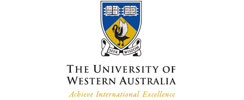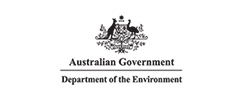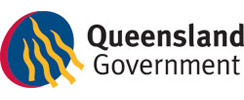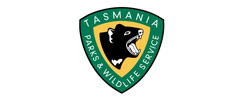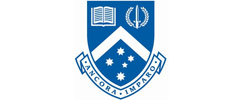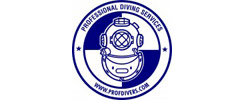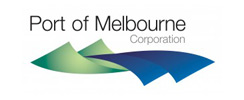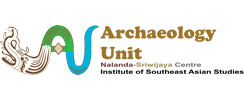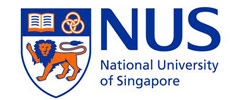Tuesday 24 April
At 7:00am, as the sky was gradually getting lighter, eight beanie and glove clad team members were returning to base. An hour and a half earlier they had departed for Queenscliff tasked with delivering a load of 50 sandbags from the truck to Trim and then onto the Clarence site. Unfortunately, wind gusts of up to 35 knots, predicated to arrive later in the morning, had already begun and therefore the planned activities for the day were cancelled.
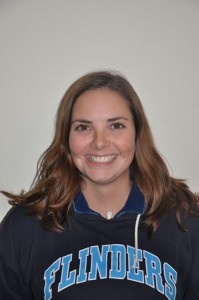 |
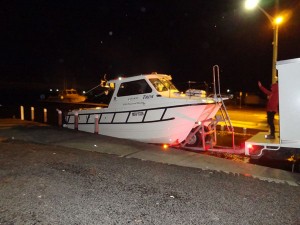 |
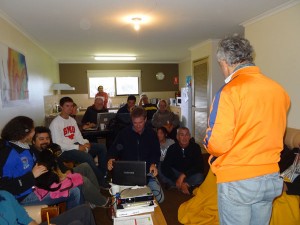 |
| Maddy Fowler | Trim being launched in the dark (photo by Fiona Shanahan) | Ian MacLeod talking again (photo by Fiona Shanahan) |
In the afternoon we were enlightened about the early research conducted on Clarence with a lecture by Peter Harvey (Heritage Victoria) who was heavily involved in the pre-disturbance survey and excavation carried out in the 1980s. The early work on the site used ground-breaking methodologies not previously utilised in maritime archaeological fieldwork in Australia. This included a flora and fauna survey, sub-bottom profiling, close plot magnetometer survey, seabed contour plan using sand levels and an isometric site plan. Pete impressed upon us the significance of the proportion of volunteers involved in the early work, most of whom were with the Maritime Archaeological Association Victoria (MAAV). This trend has continued with the current Clarence project involving many volunteers including locals and people who have travelled from interstate and overseas. As Pete said, ‘the people make the project’ and so it has been this time around. The site plan drawn in 1987 was also transferred into Site Recorder today, a software programme that will be used to create the site plan of the current fieldwork.
Following this, Ian MacLeod (Western Australian Museum) presented a lecture about various sites around the world, such as AE2, Rapid, and Titanic, where he had been involved in recording the impact of a wreck on the surrounding environment. Some of the methods he covered will be employed on the Clarence wreck site in the coming days, for example, conducting sediment coring both on and off the site to see the effect the wreck has had on the marine environment nearby. Finally, today we welcomed another new volunteer, Enrique.
By Maddy Fowler PhD candidate Flinders University
